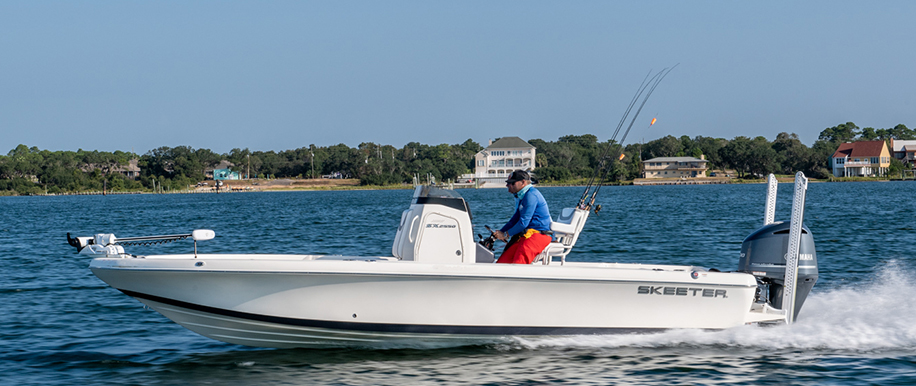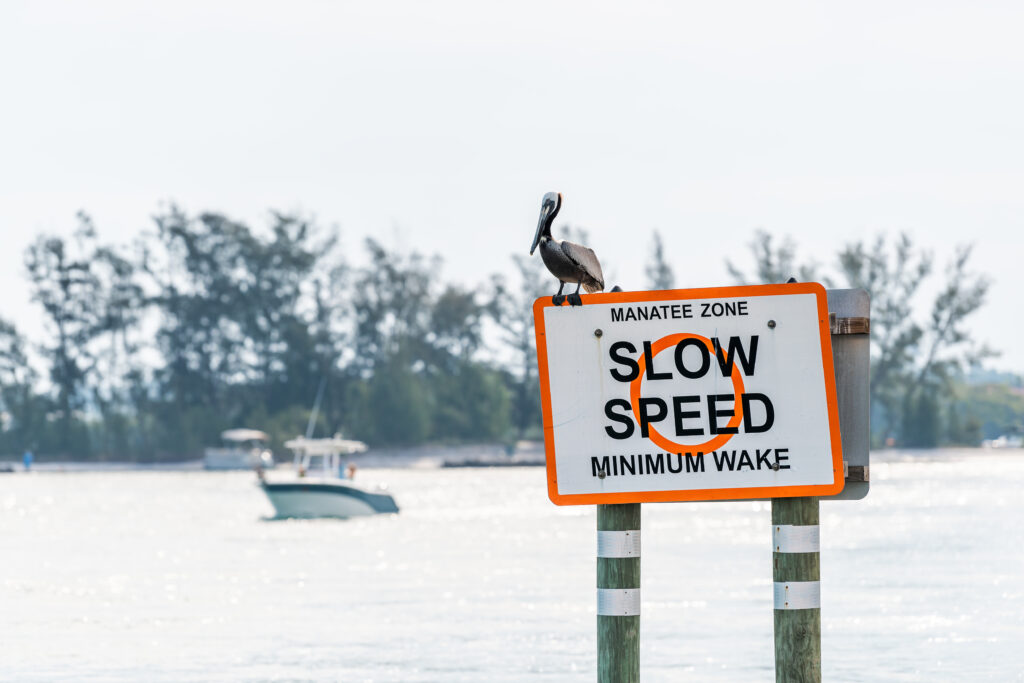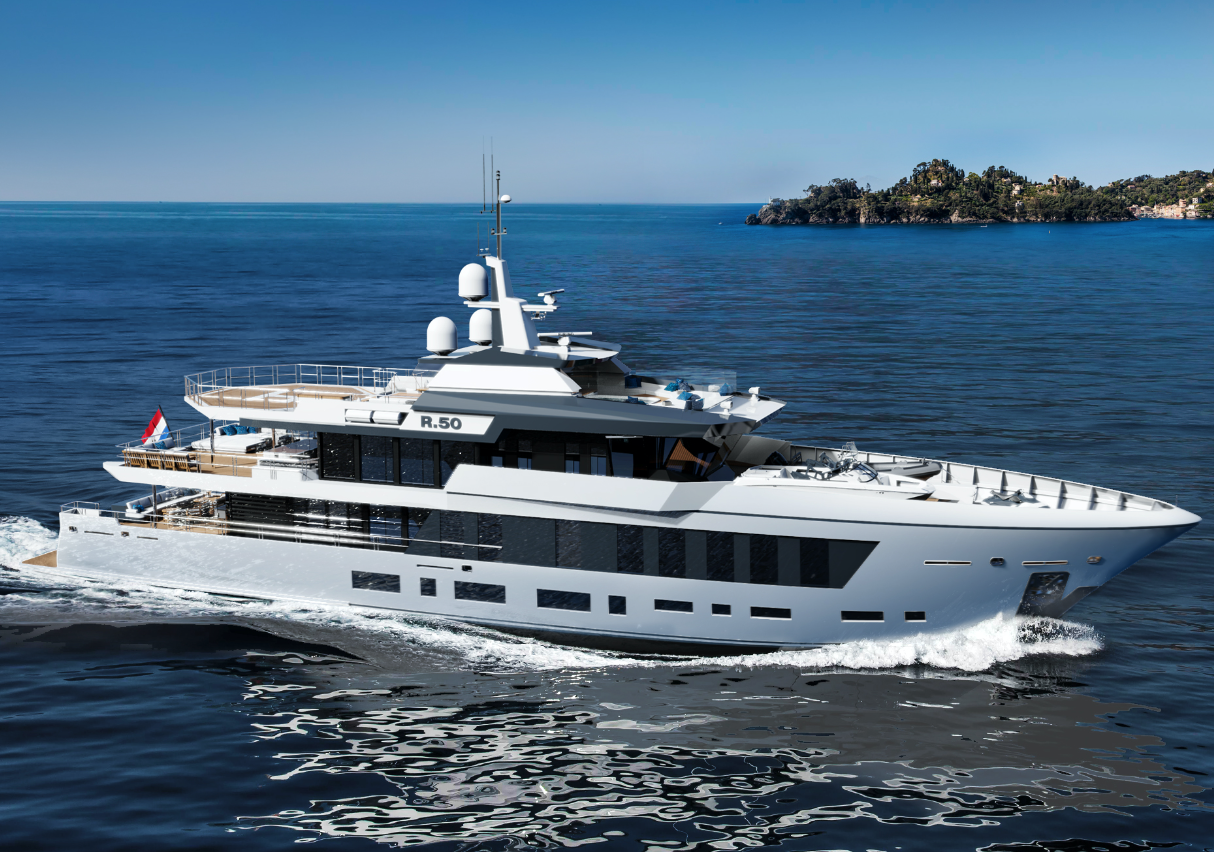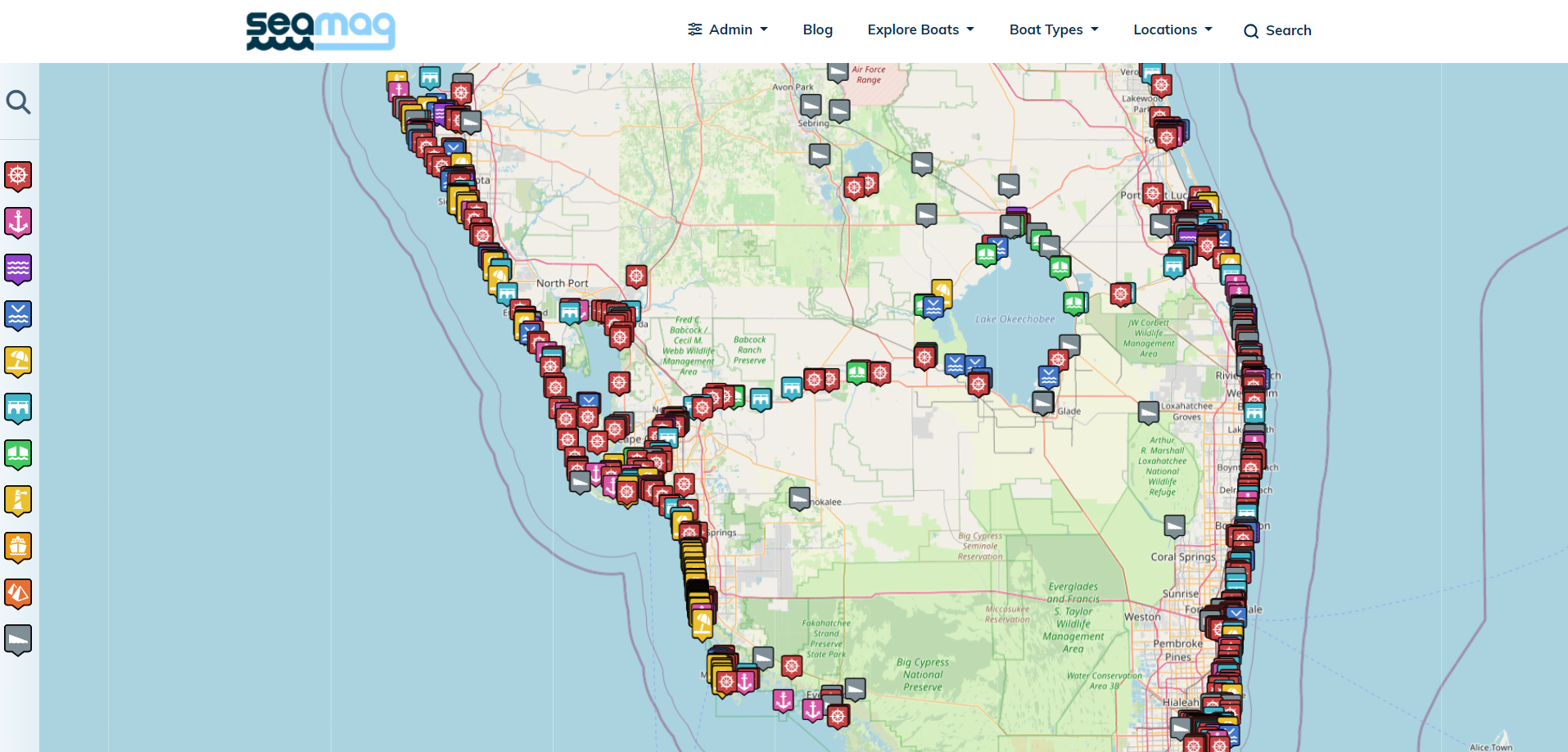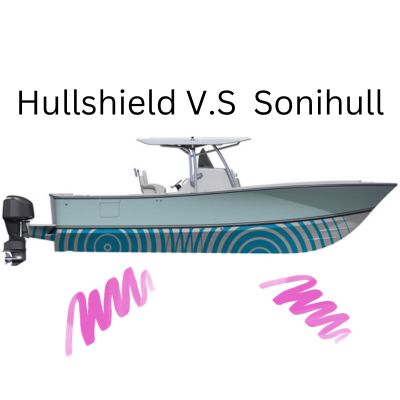Small Yacht: Essential Buying Guide for New Owners
The world of yachting has seen a steady rise in popularity. With that has come a growing interest in small yachts.
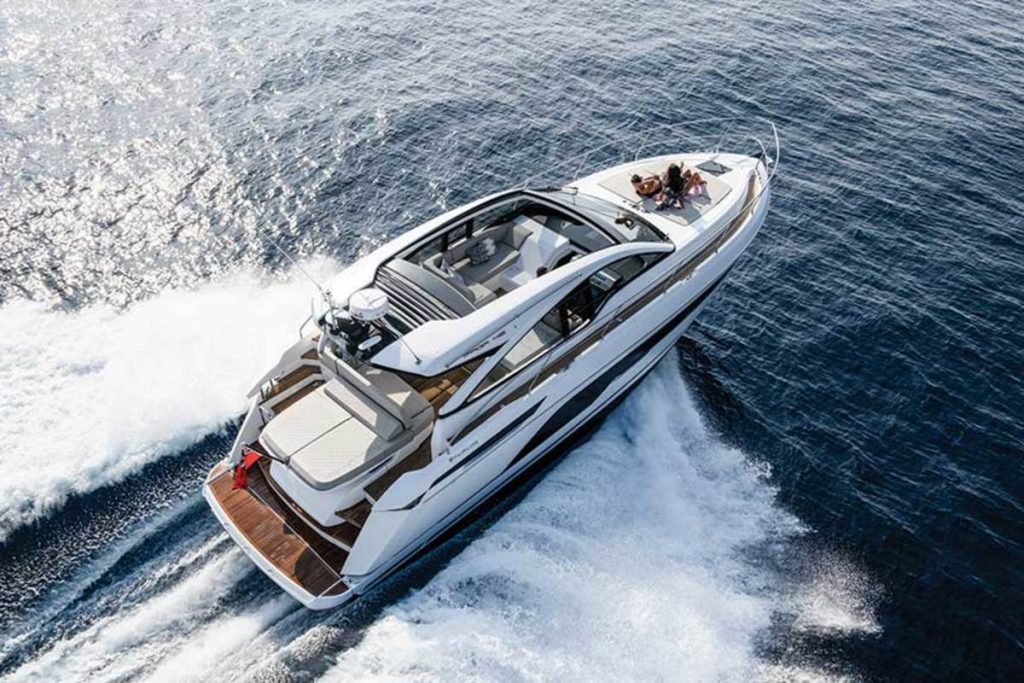
These vessels, often referred to as mini yachts or small luxury yachts, provide an accessible and versatile option for those looking to venture into the nautical lifestyle. Small yachts range from about 30 to 65 feet in length. They cater to a variety of needs, blending luxury aesthetics with the functionality and maneuverability of compact marine vessels.
Understanding the unique characteristics of small yachts is essential for potential buyers and enthusiasts. Their design and construction prioritize space efficiency and creativity. This enables a comfortable living experience aboard, without sacrificing performance and handling capabilities.
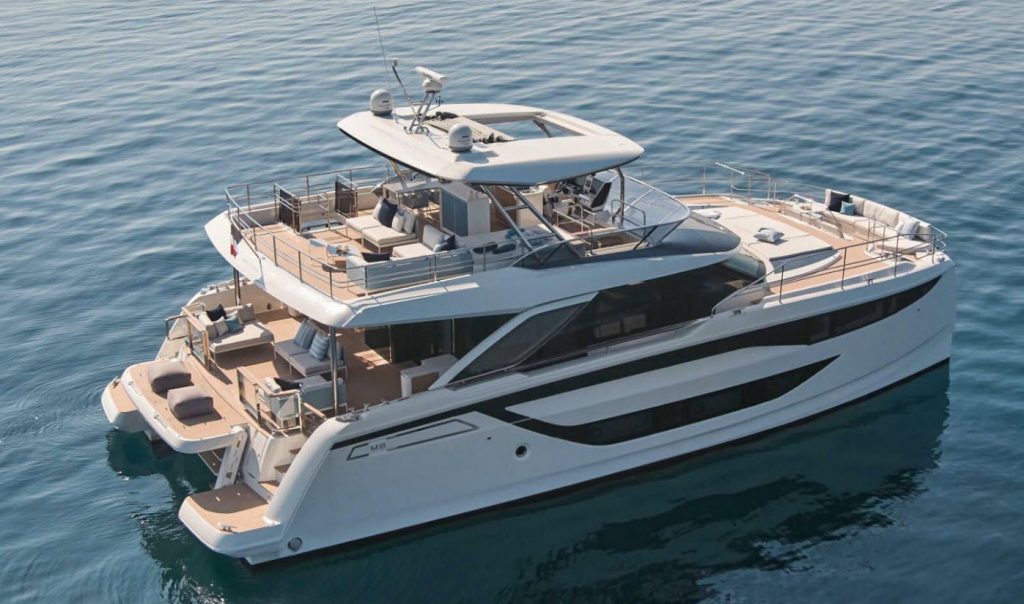
Therefore, it's crucial to examine factors such as yacht size, layout, amenities, fuel efficiency, and sailing range when exploring the market for small luxury yachts.
Key Takeaways
- Small yachts provide a versatile and accessible option for exploring the nautical lifestyle.
- Design and construction balance luxury aesthetics with functionality and maneuverability.
- Essential factors to consider include size, layout, amenities, fuel efficiency, and sailing range.
Understanding Small Yachts
Defining Small Yachts
Small yachts, also known as mini yachts, are vessels designed to offer the luxury and amenities of a superyacht in a more compact and manageable size. These yachts typically range from 20 to 60 feet in length, which is much more modest when compared to the vast size of superyachts1.
Although smaller in size, these yachts still boast a variety of features and can include a range of models, from motor yachts to sailing yachts.
Small Yachts vs. Superyachts
The differences between small yachts and superyachts are not just about size. Superyachts tend to offer more extravagant amenities, such as onboard cinemas, helipads, and multiple swimming pools. On the other hand, small yachts focus on providing a comfortable and luxurious experience while being more budget-friendly and easier to handle2.
Here are some key differences between small yachts and superyachts:
| Features | Small Yachts | Superyachts |
|---|---|---|
| Size | 20-60 feet1 | 100+ feet3 |
| Amenities | Basic to moderate luxury4 | Ultra-luxurious5 |
| Handling | Easier to maneuver2 | Requires crew6 |
| Price | $20,000 to $500,0007 | $10 million+8 |
Types of Small Yachts
There are two primary types of small yachts: motor yachts and sailing yachts. Each type offers unique features and advantages depending on the owner's preferences and intended use.
- Motor Yachts: These mini yachts are powered by engines, making them ideal for those who prioritize speed and convenience. Motor yachts often come with more creature comforts and can reach destinations quickly9.
- Sailing Yachts: Sailing yachts rely on wind power, offering a more traditional and eco-friendly sailing experience. They provide a sense of adventure and connection with the sea while still offering a range of comfort features10.
Both motor and sailing yachts can be further classified into various subcategories, such as powerboats and sailing catamarans, each with its own unique characteristics.
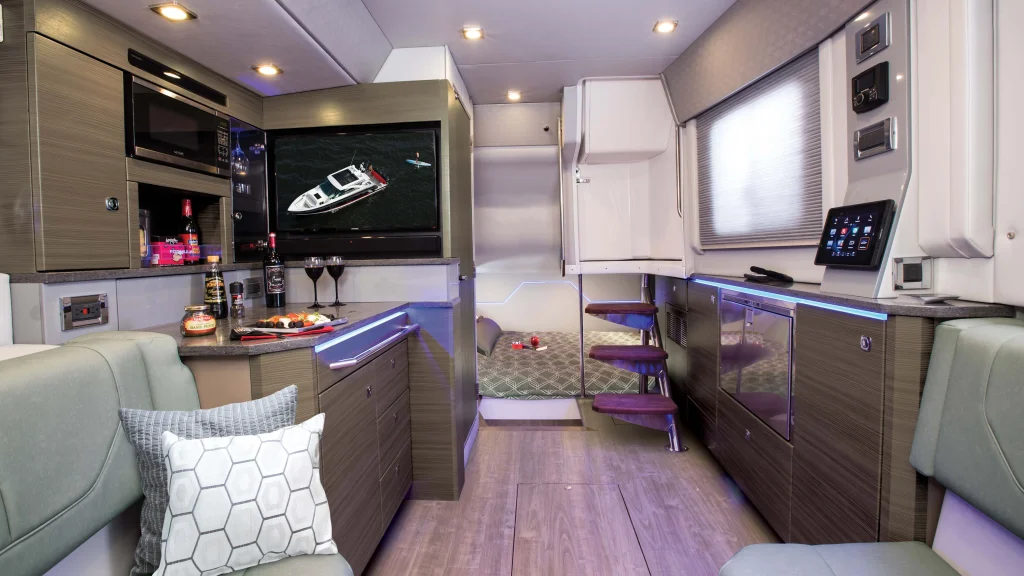
Footnotes
- Mini Yacht Buying Guide 2023 ↩ ↩2
- Small & Mini Yachts for Sale ↩ ↩2
- Superyacht Size Categories ↩
- Small Yacht: Luxurious Vessels for Leisure & Adventure ↩
- Luxury Superyacht Amenities ↩
- Superyacht Crew Requirements ↩
- Small Yacht Price Range ↩
- Superyacht Prices ↩
- Motor Yacht vs. Sailing Yacht ↩
- Advantages of Sailing Yachts ↩
Design & Construction
Hull Design and Material
When it comes to the design and construction of small yachts, hull design and material selection are of utmost importance. Most small yacht builders, such as Small Trimaran Design, focus on creating efficient and stable hull designs. These can be found in various forms, such as monohulls and multihulls.
Various materials can be used in the construction of yacht hulls. Common options include wood, steel, aluminum, and composites like fiberglass, GRP (Glass Reinforced Plastic), and carbon fiber. The choice of material can have a significant impact on the yacht's performance, durability, and maintenance requirements.
Deck Layout and Features
A well-designed deck layout contributes greatly to the comfort and functionality of a small yacht.
Luxury yacht builders, such as Burgess and Fraser, pay special attention to optimizing deck space for both practical and aesthetic purposes.
Key features often found on small yachts include:
- Cabins: Depending on the size of the yacht, there may be one or more cabins for sleeping, typically offering a comfortable and cozy environment.
- Outdoor living: Designers strive to maximize outdoor living spaces, such as lounge areas and sun decks, allowing passengers to enjoy the surroundings and fresh air.
- Coachroof: A raised section of the deck, the coachroof often houses the entrance to the yacht's interior and provides additional headroom below deck.
- Interiors: Small yacht interiors can be designed with efficient use of space, incorporating luxury finishes and furniture to create a comfortable and stylish atmosphere.
Some yachts even make use of advanced materials like foam in their construction, which can offer benefits in terms of weight reduction and insulation.
Performance and Handling
Sailing Performance
Small yachts are known for their agility and responsiveness in a variety of sailing conditions.
The lifting keel plays a crucial role in enhancing their performance, allowing them to access shallow waters and engage in creek crawling.
The versatility of these compact vessels allows sailors to enjoy the thrill of sailing on open water, as well as navigating through narrow channels and shallow creeks.
Some popular small yachts with remarkable sailing performance include the Sadler 26 and the Rustler 37.
The maneuverability and ease of handling make these yachts perfect for both inexperienced and seasoned sailors.
Motor Yachting Efficiency
While small yachts are primarily designed for sailing, many of them can also function as motor yachts when needed. This allows for greater versatility, especially in situations where wind conditions are unfavorable.
In comparison to larger powerboats and cruisers, small motor yachts are generally more fuel-efficient, easier to maneuver, and require less maintenance.
Motor yachting efficiency can be affected by factors such as:
- Hull shape
- Engine type and size
- Weight distribution
A well-designed small yacht strikes a balance between sailing performance and motor yachting efficiency, making it an excellent choice for those who enjoy the best of both worlds.
The Hobie Cat, for example, is a popular small sailboat that can be easily powered by a small outboard motor when needed.
Living Aboard a Small Yacht
Comfort and Accommodations
Living aboard a small yacht offers a unique and enjoyable lifestyle.
One of the key aspects of a comfortable liveaboard experience is having well-designed interiors and cabins. Most small yachts are designed with efficient use of space in mind, providing comfortable sleeping quarters, ample storage, and functional galleys for meal preparation. Some yachts even feature crew quarters for those who choose to sail with a crew.
It's important that the cabins offer a cozy and pleasant atmosphere, an essential factor when living aboard for extended periods.
When it comes to outdoor living spaces, many small yachts have cleverly designed decks and seating areas for lounging, enjoying the surroundings, or simply watching the sunset.
The yacht's galley should be well-equipped, featuring appliances such as a stove, refrigerator, and sink, making it possible to prepare meals just like at home.
Many small yachts also come with well-appointed saloons that provide additional space for dining, relaxing, and socializing with friends and family.
Entertainment and Social Spaces
Small yachts designers often prioritize creating social spaces, both indoors and outdoors, that cater to various needs.
The saloon is typically the heart of the yacht's interior, offering a comfortable space where everyone can gather for meals, play games, or watch movies.
Outdoor living is another essential aspect of the liveaboard lifestyle. Many small yachts are designed with spacious deck areas for sunbathing, enjoying the fresh air, and taking in the surroundings. These spaces can also be great for hosting outdoor events or simply relaxing with a good book.
The Buying Process
Choosing the Right Model
When purchasing a small yacht, it's essential to focus on choosing the right model that suits your needs.
Major yacht brands like Azimut and Ferretti offer various models with different features and specifications.
Consider factors such as the yacht's size, intended use (coastal cruising, blue-water passage-making, or competitive racing), and your budget.
On average, a small brand-new sailing yacht can cost anywhere from $50,000 to $200,000 or more.
Inspecting a Small Yacht
Before making a purchase, it's crucial to inspect the condition of the small yacht. Factors to consider include:
- Age: Older yachts may require more maintenance and have outdated features.
- Model: Different models come with various features and layouts, so choose one that fits your needs.
- Condition: Check for signs of wear and tear, as well as any repairs or replacements needed.
When searching for small yachts for sale, it's highly recommended to hire a marine surveyor to carry out a thorough inspection of the yacht. They will provide a detailed report on the vessel's condition and recommend any necessary repairs or improvements.
Securing a Purchase
Once you have chosen the right model and inspected the yacht, it's time to negotiate the yacht price and secure the purchase.
It's advisable to involve an experienced yacht broker who can simplify the process, handle negotiations, and aid with post-sale support.
When determining the final purchase price, bear in mind factors like the yacht's age, model, condition, and any additional features.
Maintenance and Upkeep
When owning a small yacht, it's crucial to ensure proper maintenance and upkeep to keep the vessel in great condition.
The age and condition of your yacht will greatly influence the maintenance schedule and tasks required. This section will cover the basics of routine maintenance and necessary repairs and refits.
Routine Maintenance
Regular inspection and maintenance of your yacht's essential systems can help prevent major problems in the long run.
It is important to follow a maintenance schedule and to use a calendar or reminder app to stay on track with your maintenance tasks. Yacht maintenance schedules often include the following key areas:
- Hull and Engine Inspection: Perform regular checks for any signs of leaks, corrosion, or damage. Clean and repaint the hull periodically to prevent fouling.
- Electronics, Sails, and Rigging: Inspect all electronics, sails, and rigging for wear and tear or any signs of damage. Replace or repair them as needed.
- Interior and Exterior Lights: Ensure all lights are functional, and replace any damaged or burned-out bulbs.
- Cleaning: Regularly clean the yacht's interior and exterior surfaces using gentle cleaning agents and fresh water to prevent dirt and salt buildup.
- Fuel and Water Tanks: Check and refill fuel and water tanks as needed, and inspect for leaks or contamination.
Repair and Refit
As your small yacht ages, it is essential to address any issues through repair and refit. Here are some common repair and refit tasks to help keep your yacht in the best possible condition:
- Engine Maintenance: Change oil, internal engine anodes, and check for any issues with engine mounts or fuel tanks. Maintain a proper 55-point skipper's checklist to ensure smooth engine operation.
- Electrical System: Replace or repair any malfunctioning electrical components. Ensure the wiring is in good condition and perform upgrades as necessary.
- Sail and Rigging Repair: Check for wear and tear or damaged parts, and replace any components that are no longer in good condition.
- Upholstery and Interior: Regularly clean, repair, or replace cushions, curtains, carpets, and other fabric materials on board.
Yachting Lifestyle
Destinations and Marinas
The yachting lifestyle offers numerous opportunities for exploring breathtaking destinations and marinas around the world.
Most yacht owners prefer to dock their vessels in well-equipped marinas. These marinas provide high-quality facilities, services, and security.
Some of the top destinations for small yachts include the Mediterranean, the Caribbean, and picturesque coastal towns in Europe and the United States.
The Mediterranean is home to famous yachting hotspots such as the French Riviera, the Greek Islands, and the Amalfi Coast. Meanwhile, the Caribbean offers a tropical paradise with its clear turquoise waters, white sand beaches, and hidden coves.
The Mediterranean
- French Riviera: Cannes, St. Tropez, Monaco
- Greek Islands: Santorini, Mykonos, Corfu
- Amalfi Coast: Positano, Capri, Sorrento
The Caribbean
- Virgin Islands: St. Thomas, British Virgin Islands
- Bahamas: Nassau, Exumas
- British West Indies: Barbados, Grenada, St. Lucia
Yachtsmen can also explore vibrant coastal towns in the United States, such as Newport, Rhode Island, or Annapolis, Maryland. These towns have a rich maritime history and provide access to world-class marinas.
When deciding on a marina, yacht owners should consider factors such as the amenities offered, proximity to popular destinations, and the depth of the harbor. Additionally, safety and environmental standards should not be overlooked.
Community and Events
Yachting is not only about the exploration of beautiful destinations but also about the experience of socializing with fellow yacht enthusiasts.
The yachting lifestyle fosters a strong sense of community, as yacht owners frequently mingle at marinas, yacht clubs, and exclusive events.
Yacht clubs and organizations often host events and regattas, where like-minded individuals can share their passion for sailing and create lasting bonds.
Participating in these events is a fantastic opportunity to expand one's social and professional network within the yachting world.
Notable yachting events include:
- The Monaco Yacht Show
- The Antigua Charter Yacht Show
- The Cannes Yachting Festival
- The Newport International Boat Show
These events showcase the latest trends and innovations in the yachting industry, providing attendees with both networking and learning experiences.
Charter and Rental Options
Comparing Ownership and Charter
Owning a small yacht can come with many advantages, such as having the freedom to sail whenever and wherever desired. However, ownership also involves significant costs, including maintenance, docking fees, and insurance.
On the other hand, chartering a yacht can offer a more cost-effective, low-commitment option. Yachts for rent are available in various sizes and price ranges, accommodating anything from a luxurious vacation to a simple day trip.
Chartering allows the enjoyment of the yachting experience without the burden of upkeep, while still providing access to luxury and customizable vacations.
There are different types of charters to consider:
- Bareboat Charter: The individual or group rents the yacht and operates it without a hired skipper or crew. This type is suitable for experienced sailors with the necessary certifications.
- Skippered Charter: Provides a professional skipper to help navigate the yacht, while the customers handle all other aspects, like provisioning and potentially crewing.
- Crewed Charter: More common in luxury and mega yachts, this all-inclusive option provides a complete crew, from a skipper and deckhands to a chef and hospitality staff.
Finding Yachts for Rent
In order to find the ideal yacht for a trip, it is crucial to research the available options.
One popular website for browsing yachts is YachtCharterFleet, offering a comprehensive list of luxury superyacht rentals. Their inventory includes everything from small yachts to mega yachts, catering to a wide range of budgets and group sizes.
Another option for discovering yacht charters is the Moorings platform, specializing in private yacht charters and vacations catering to a variety of boating preferences.
For those looking for more personalized sailing vacations, Moorings Crewed Yacht Charters provides customized, all-inclusive travel experiences, allowing guests to enjoy luxury and adventure at their desired destination.
When choosing the right yacht charter, some key factors to consider are the size and type of the yacht, the desired destination, length of the trip, budget, and any specific services or amenities included.
In any case, the options are virtually endless, ensuring that there is a perfect yacht rental available for any occasion.
Frequently Asked Questions
What factors affect the pricing of a small yacht?
Several factors contribute to the pricing of a small yacht, including its condition, age, size, brand, and the features and amenities it offers.
The materials used in construction, the engine's power, and the yacht's overall design can also influence the cost. Additionally, prices may vary depending on the manufacturer and market demand.
Where can I find listings for small yachts currently on sale?
You can find small yacht listings on various websites that specialize in boat sales and brokerage services, such as YATCO, Seattle Yachts, and Live Yachting.
It is essential to research different options to find the best deal and meet your exact requirements.
How does the buying process differ for new vs. used small yachts?
The primary difference between buying new and used small yachts lies in the warranty, customization options, and yacht history.
New yachts often come with factory warranties and a higher degree of customization. Meanwhile, used yachts typically have a lower initial cost but may require more maintenance or repairs.
It is crucial to inquire about the vessel's history, including previous owners, maintenance records, and any known issues when purchasing a used yacht.
What are some common features to expect in the interior of a small yacht?
Even though they are smaller in size, small yachts often have luxurious and well-designed interiors.
Common features may include a cozy living area, comfortable sleeping quarters, a functional kitchen or galley, and a compact bathroom.
Some yachts also provide entertainment systems, climate control, and advanced navigation equipment, ensuring comfort and convenience while sailing.
Which brands are well-known for manufacturing small yachts?
Several reputable brands produce small yachts, including Hanse, Catalina, Seawind, and Absolute.
Each brand may specialize in different types of yachts, such as sailing, motor yachts, trawlers, and catamarans. It is essential to research and compare various brands and models to find a yacht that best suits your preferences and needs.
What types of luxury amenities can be found on a small yacht?
Small yachts can still offer various luxury amenities, depending on the manufacturer and level of customization.
Some examples include high-end audio and entertainment systems, deck jacuzzis, underwater lighting, custom upholstery and finishes, water toys, and advanced navigation technology.
These amenities add to the overall comfort and enjoyment onboard, but they may also increase the yacht's price.
Charlie is Editor-in-Chief of Sea Magazine
